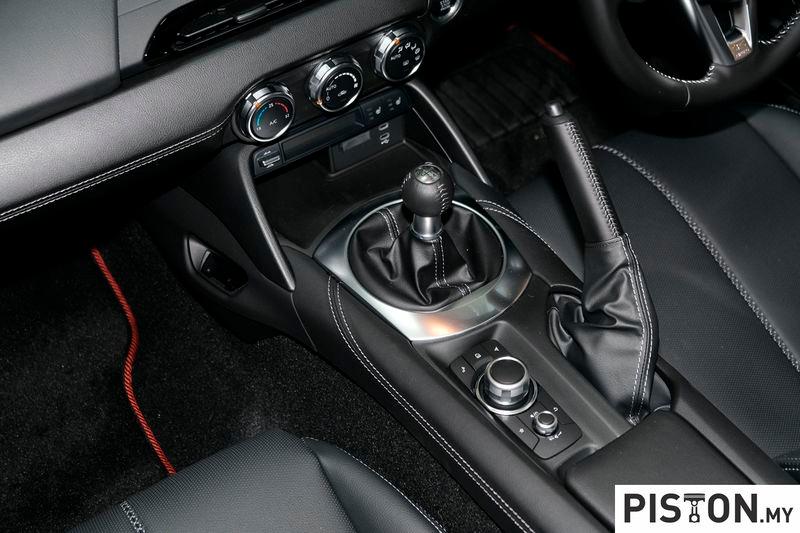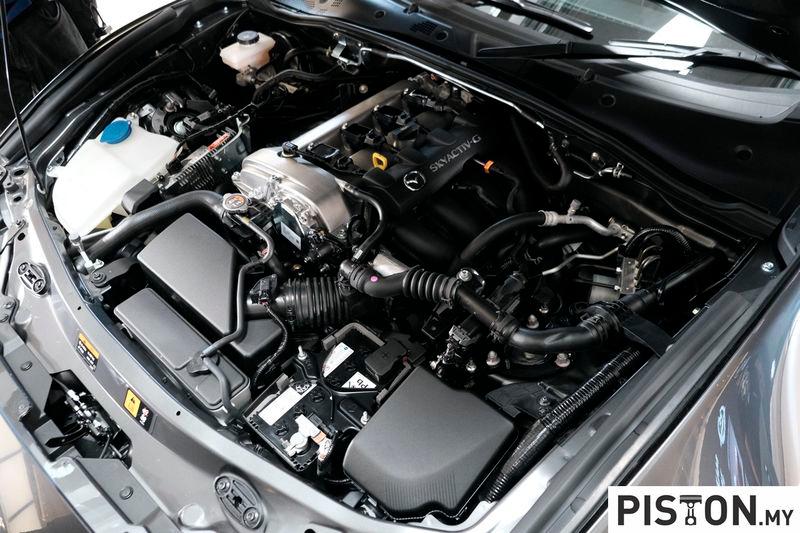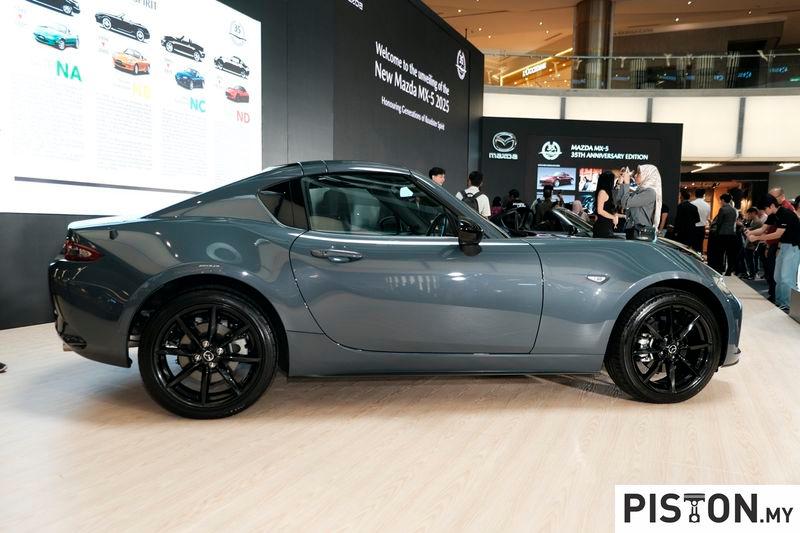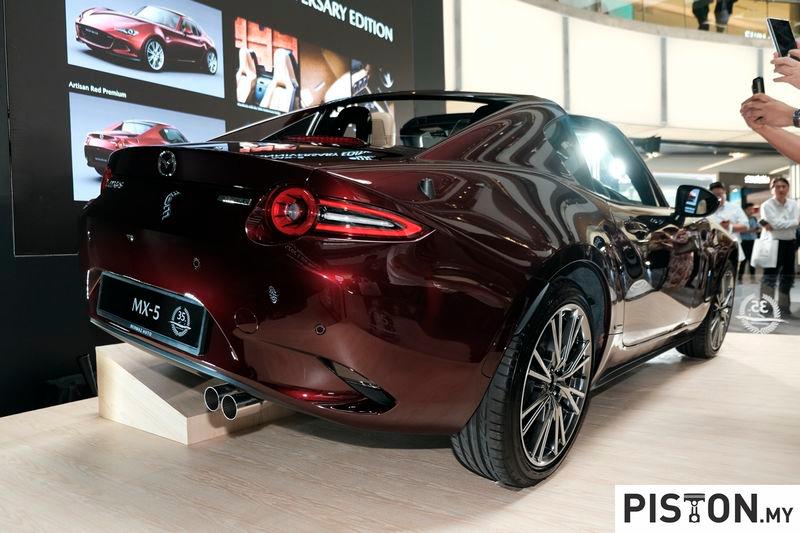DESPITE the automotive industry’s ongoing shift towards electrification, digitalisation, and downsizing, Mazda has no intention of abandoning the core characteristics that have made the MX-5 a beloved icon for over three decades. Even after ten years on the market, the current ND-generation Miata remains a favourite among enthusiasts, and the Japanese marque appears committed to preserving its spirit in the forthcoming successor.
Masashi Nakayama, General Manager of Mazda’s Design Division, has confirmed that the next MX-5 will continue the brand’s pursuit of lightweight engineering, as reported by Road & Track. Mazda’s internal goal is to keep the future model’s kerb weight below 1,000kg. This weight target echoes the philosophy of the Japan-only ND 990S, which currently stands as the lightest version of the Miata at just 990kg.

While car buyers often anticipate more interior space with each new model generation, those hoping for a roomier MX-5 cabin may be left disappointed. Mazda’s engineers are determined to keep the vehicle compact, and the new model is expected to retain a length of under four metres. This would align closely with the current ND’s measurement of 154.1 inches, reaffirming the brand’s stance on maintaining the Miata’s signature footprint.
Under the bonnet, the forthcoming MX-5 will once again forego turbocharging. Mazda’s Chief Technical Officer, Ryuichi Umeshita, revealed that the next iteration will introduce a brand-new naturally aspirated engine, moving away from the current Skyactiv-G 1.5 and 2.0-litre units. The replacement powerplant, designated Skyactiv-Z, will be a 2.5-litre four-cylinder engine developed to meet increasingly stringent global emissions standards.

According to Umeshita, retaining the 2.0-litre displacement while switching to Mazda’s advanced lambda one combustion technology would have resulted in a significant power reduction. To address this, Mazda increased the engine size to 2.5 litres. The new combustion method, which operates at a lambda value of one (representing an ideal air-to-fuel ratio), is expected to optimise efficiency, reduce emissions, and improve fuel economy without sacrificing performance.
Although specific output figures have yet to be released, internal expectations are that the new engine will deliver performance levels surpassing those of the current Miata, which produces up to 181hp, or 197hp in the Japan-exclusive 12R variant. The larger engine size, paired with efficient combustion management, aims to enhance both responsiveness and overall drivability.

True to the MX-5’s analogue roots, the next model will retain a manual gearbox. While many manufacturers have phased out clutch pedals in favour of automatic-only line-ups, Mazda is steadfast in its commitment to offering a manual transmission—an essential feature for driving purists. The continuation of a traditional three-pedal setup reflects the brand’s understanding of its core customer base and the desire to maintain direct driver engagement.
On the subject of electrification, Mazda has acknowledged ongoing research into a fully electric MX-5. However, the company is aware of the inherent weight penalties associated with battery electric vehicles. As such, a full EV version is unlikely to be introduced with the next generation. While a mild-hybrid system remains a possibility, given its relatively low impact on weight, more complex hybrid configurations are expected to be avoided in order to meet the strict weight targets.
In Europe, the current ND MX-5 is only available with the smaller 1.5-litre engine due to regional emissions regulations. With the Skyactiv-Z engine under development to comply with Euro 7 emissions standards, along with LEV IV and Tier 4 benchmarks in North America, there is cautious optimism that the larger 2.5-litre unit may eventually be homologated for sale in the European Union—potentially with the support of a 48-volt mild-hybrid system.

The timeline for the debut of the next-generation MX-5 remains uncertain. Given that the current ND3 update was introduced in 2024, the model is expected to remain in production for a few more years. Mazda is planning to launch the first vehicle equipped with the new Skyactiv-Z engine in late 2027, beginning with a hybrid version of the CX-5. This suggests that the new MX-5 could follow shortly thereafter, potentially making its global debut around 2028.
As Mazda continues to balance regulatory demands with its long-standing design philosophy, the next MX-5 promises to carry forward the essence of a true driver’s car. Lightweight, compact, naturally aspirated, and manual—it appears the iconic roadster is not ready to be tamed just yet.
Just recently, Bermaz Motor, the exclusive distributor of Mazda vehicles in Malaysia, introduced the highly anticipated Mazda MX-5 35th Anniversary Edition—a tribute to 35 years of driving joy, timeless design, and the spirit of Jinba-Ittai.









